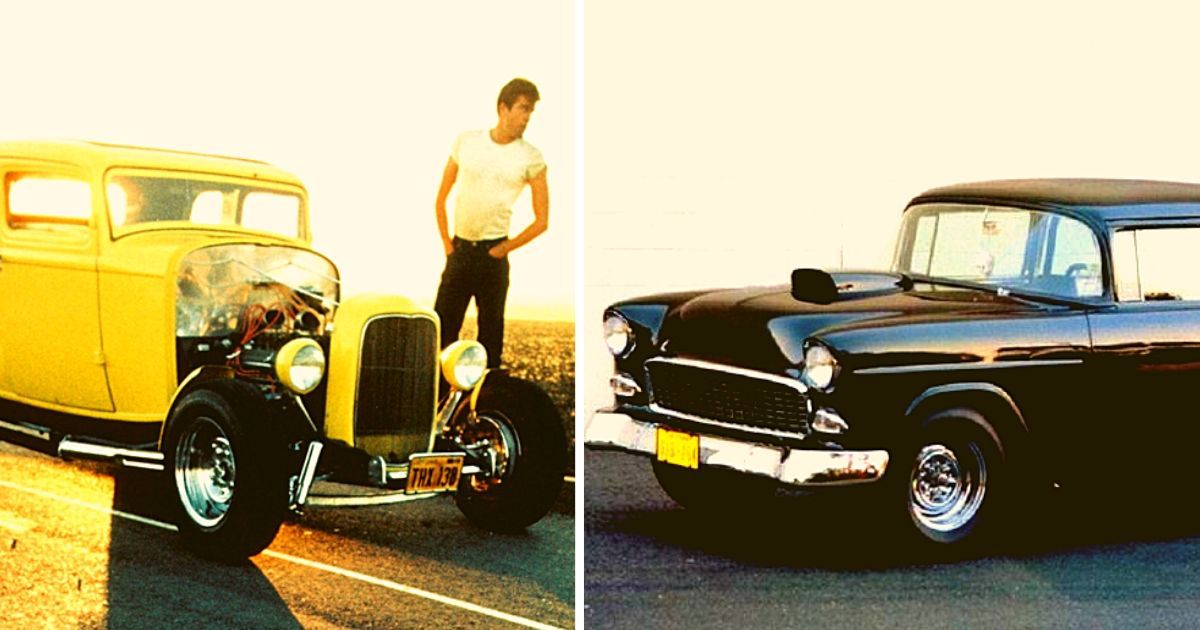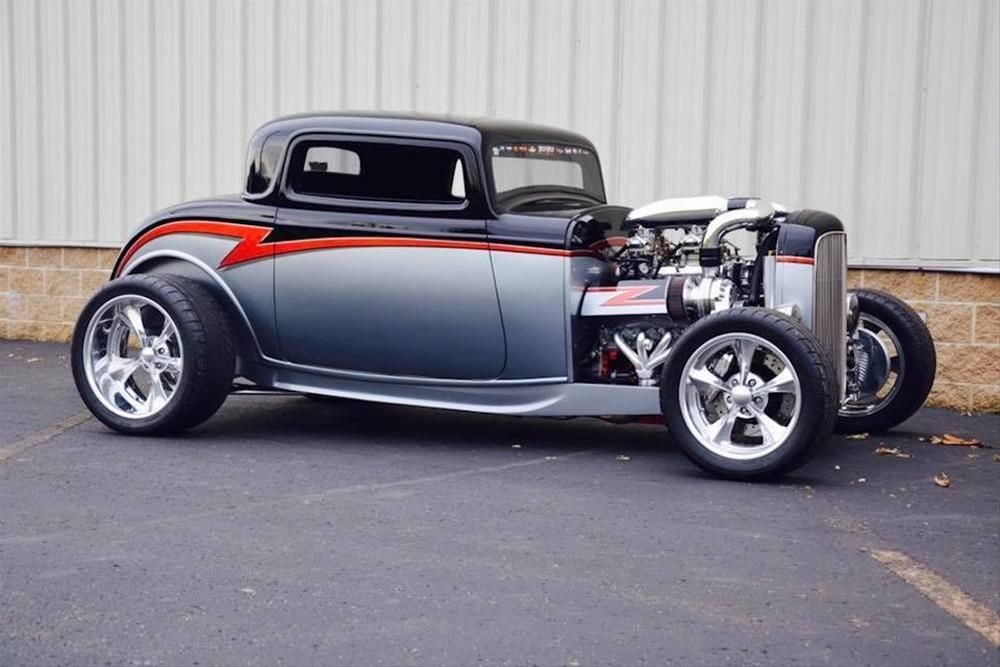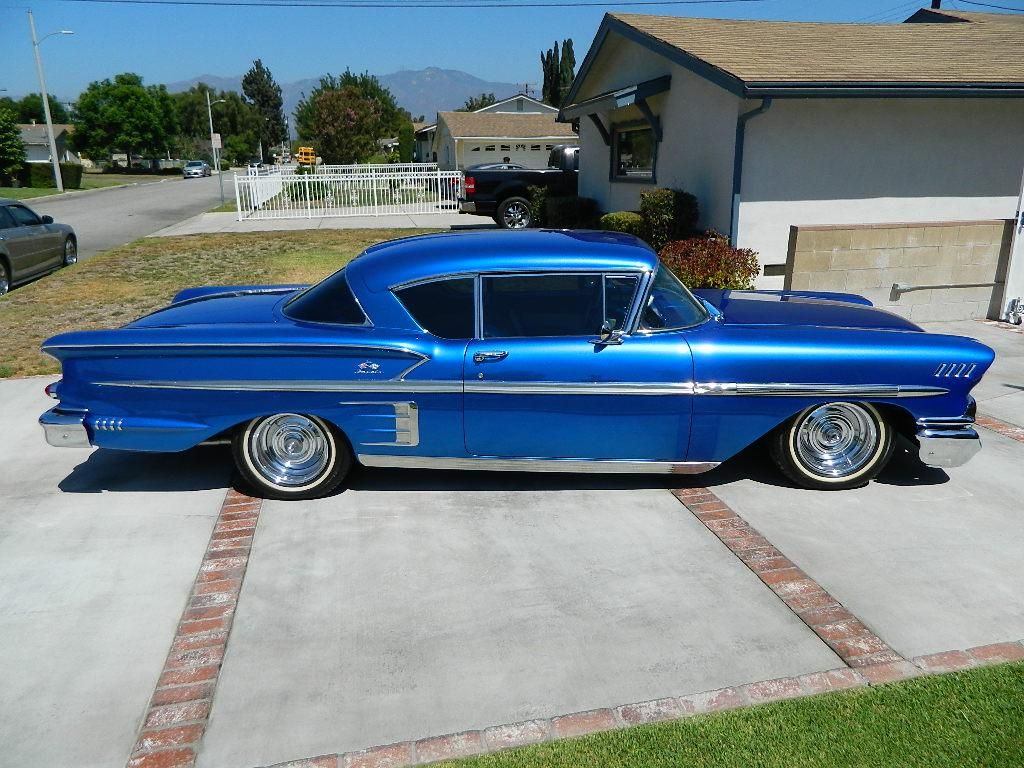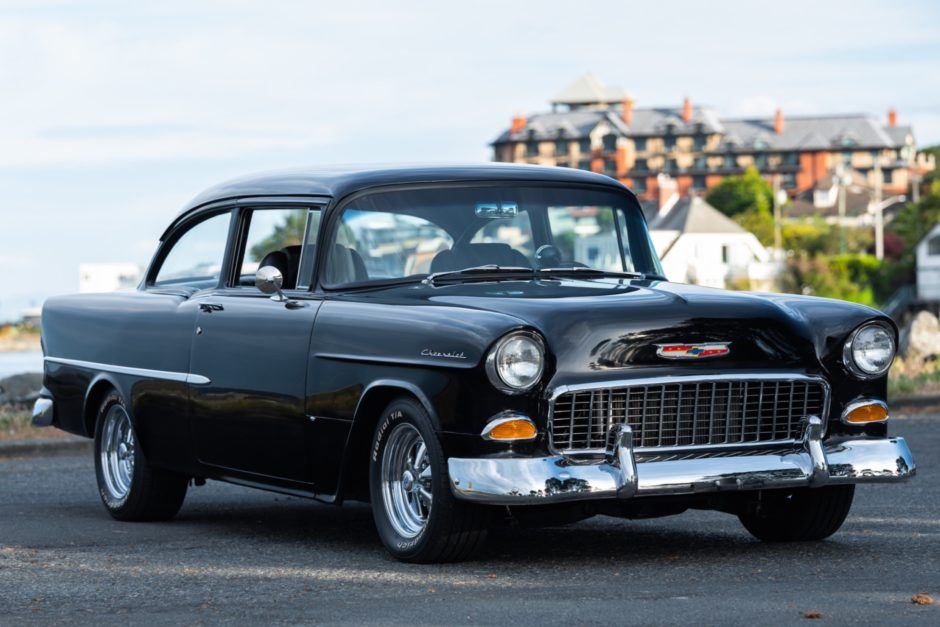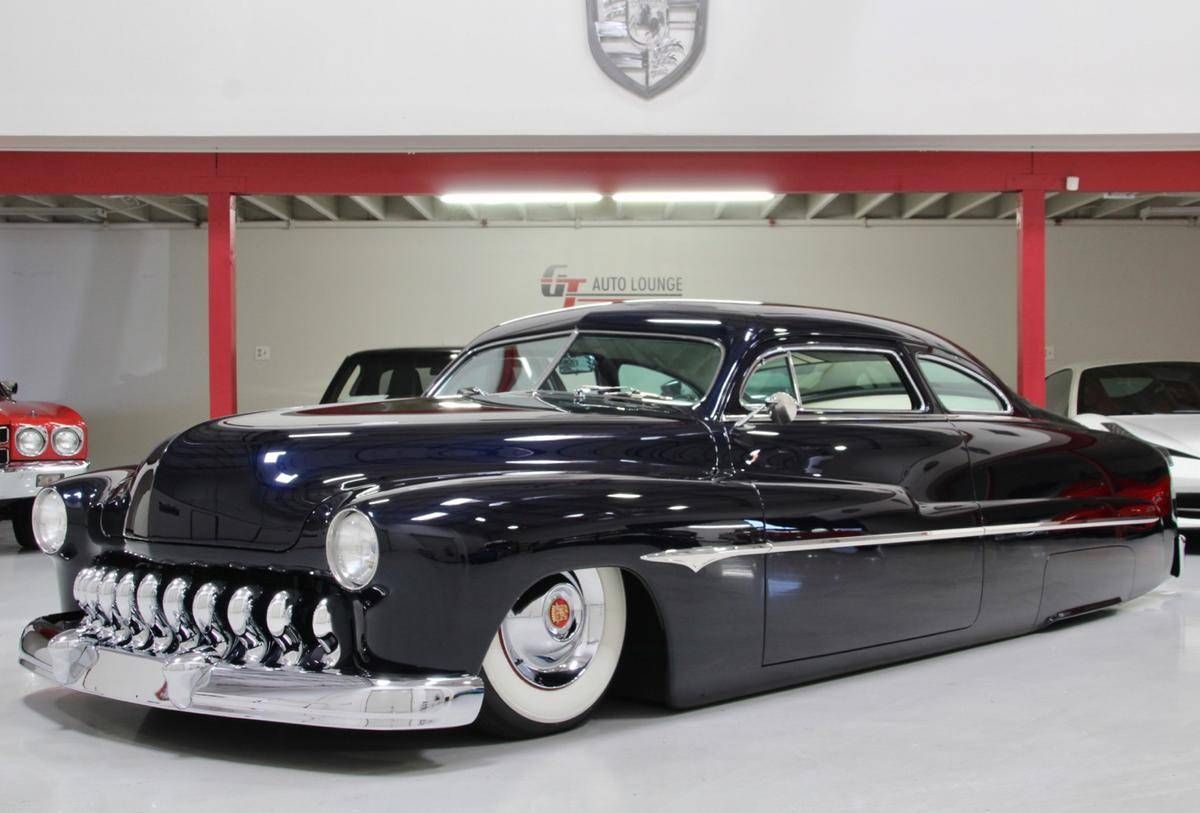American Graffiti has cemented itself in the history books in terms of cinema glory. Produced in 1973, it is a timeless coming-of-age film that was directed and written by George Lucas, the director famously known for Star Wars.
The movie featured numerous big-name actors like Richard Dreyfuss, Ron Howard, Harrison Ford, Cindy Williams and Bo Hopkins. Set in Modesto, California, the story follows the rock n' roll scene that was reminiscent of Lucas' friend group in real life.
The production of American Graffiti was a mirror of Lucas' teenage years. In the film, various cars were used like the police car, a 1932 Ford Deuce Coupe hot rod, 1955 Chevrolet, and other infamous vehicles that are recognizable today.
Find out some little known facts and truths behind these cars, just like Harrison Ford's 1955 Chevy 210. After you check out this vehicle in full focus, let us delve into the true story behind American Graffiti and the cars of this American classic...
1932 Ford Coupe
Ford produced three cars between 1932-1934, named the Model B, the Model 18, and the Model 46. Model B had a four-cylinder and that was able for the three years, while the V8 was available in the Model 18 in just 1932. The Model 46 was available in the last 2 years, between 1933-34.
The Model Bs and 18s were available in a large variety of body styles and trims. There was a two-door roadster, four-door phaeton, two and four-door sedans, two-door cabriolet, four-door station wagon, two-door convertible sedan, and five-window coupe. All 1932 words came with black fenders, wire wheels, and a rear-mounted spare wheel.
The last we heard, the car was owned by Rick Figari of San Francisco. Rick made improvements to the car beginning in early 2012, rewiring the car, powder-coating the headers in a chrome finish, and re-plating the front grille.
Unfortunately, two important pieces were missing from the car when he purchased it. The THX plates and the "piston" gearshift knobs were missing, and still are to this day. Although Rick has done a great job of fixing the vehicle to be in working condition, the lack of these two pieces takes away some of the same charm that we saw in the movie.
1958 Chevrolet Impala Coupe
During its debut in 1958, the Impala was different from other models by its signature symmetrical triple taillights. The 1958 models shared a common appearance with a longer and lower shape than its predecessors. This year was the first year with dual headlamps, sculptured rear fenders, three taillights each side, and crossed-flag insignia.
The 1958 Chevy Coupe was advertised for just $325 after the production of the movie ceased. it was bought by a San Francisco Bay Area high school student who borrowed money from his parents. The car was parked for years while the student was in military service, and was repaired instead of restored.
At the History Hollywood Auction in 2015 it was listed for an estimate of $800,000-$1.2 million, but it did not sell. Add it to the list of cars from this movie that has not lived up to their potential.
1955 Chevy 2-door sedan
The 1955 Chevrolet is an automobile introduced by Chevrolet that was considered a huge turning point for the company and a success. This model was the first successful Chevy model with an optional V8 engine.
Three black 1955 Chevy cars were built for the movie, but unfortunately, only one car survived. With the one survivor, it was heavily modified and has changed the overall look and charm of the original version.
1956 Ford Thunderbird
For the 1956 model year, more trunk space was included, the spare wheel was on the outside, the exhaust tips were moved, and air vents were added behind the front wheel. Production for this year was 15,631 units. Which was the lowest of all three 2-seater Thunderbird years.
This car was driven by Richard Dreyfuss in the movie, accompanied by Suzanne Somers lounging in the passenger seat. The car was owned by Clay and May Daily for 30 years, and was loaned to the movie for production.
The car still resides in Petaluma where the movie was filmed. Originally starting out red, the owners painted it white in the late 1960s, as it is today. Unfortunately, the iconic red that we see in the film no longer remains.
1951 Mercury Coupe
In 1950, a high end two-door coupe was introduced to the Mercury lineup. This was created in order to compete with the hardtops that General Motors produced in the previous model year that had risen in popularity in the market.
The red 1951 Mercury custom belonged to Bo Hopkins and the Pharaohs in the movie. Eddie Van Halen eventually bought the Mercury from Universal Studios and sold it to Brian Setzer of The Stray Cats.
The Stray Cats are an American band formed in 1979 that broke up in 1984 due to internal conflicts amongst the members. Eventually, the ownership changed hands to a young collector in New York, who committed suicide afterward. His father has refused to sell the car after his son's passing, and the beautiful automobile is sitting somewhere in a junk yard, slowly deteriorating.
Overall Take
Unfortunately, this is all-too-common with the cars from this famed movie. They have either changed colors from the iconic characteristics seen in the film, they are slowly dying and deteriorating over decades of inactivity, or they have undergone failed attempts at being sold at auctions.

